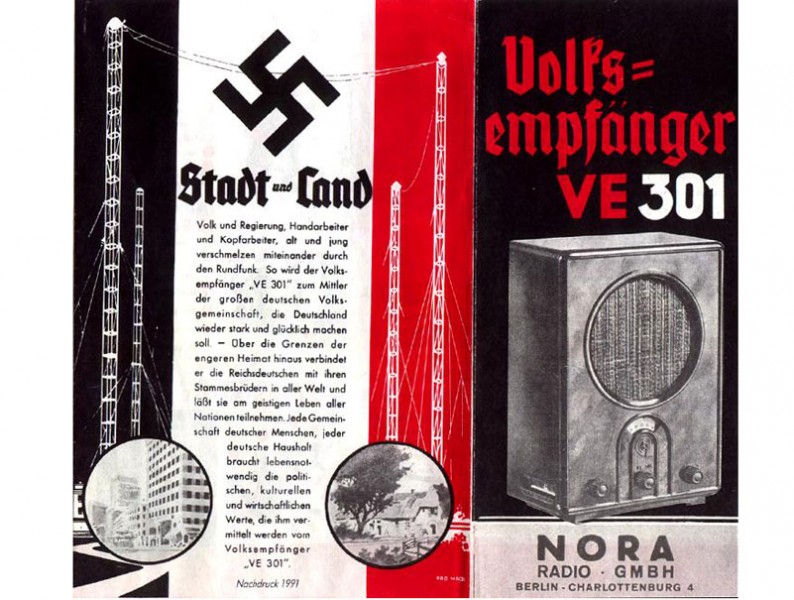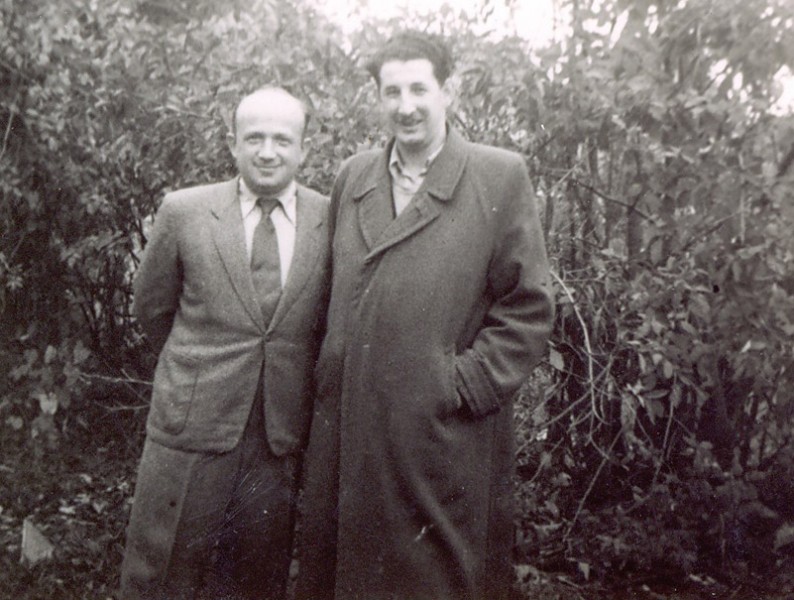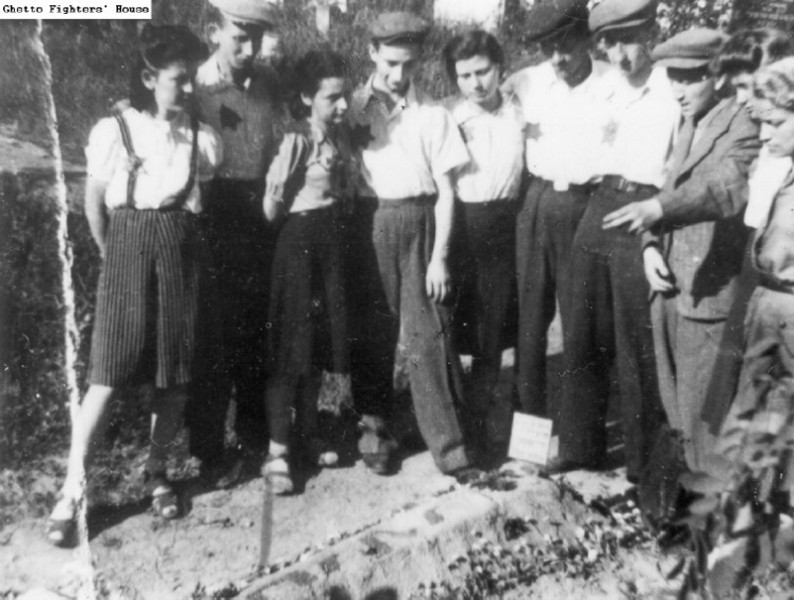Story:
Secret Radio
As part of the Nazi strategy to control Jews in the ghettos, they were denied access to all forms of media. This was no more successful than in Lodz Ghetto, which was located inside the Greater Reich, and totally cut off from the rest of the world. For some time there was a newspaper produced in the ghetto but its contents were tightly controlled by the administration.
Accordingly, the Jews were cut off from any knowledge of what was happening in the war, except for the occasional news that came via a brave courier from another ghetto. There was a political underground in the Lodz Ghetto, so at some point they asked Viktor Rundbaken, a Jewish electrical engineer who fixed radios for the German Criminal Police (the Kripo), whether he could build a radio for them to listen to overseas broadcasts. He built several radios, and by listening to them in secret, at risk of death, these Jews learnt what was happening beyond the ghetto walls. They disseminated this information through the ghetto via a network of informers, spreading hopeful news to sustain the Jews who were not just starved of food, but desperate for a reason to cling on to life.
Viktor Rundbaken was both ingenius and courageous in building these radios. When repairing a radio for a German official, he would secretly steal a part or two, then request these parts be ordered to fix the radio, claiming they were broken. The radios he built for the Jewish resistance were made exactly from parts found in the Volksempfanger, the German people’s radio. This was the ultimate sabotage, turning the German propaganda device into a weapon of hope for the incarcerated Jews. For not only did he build a working radio, but Viktor made it do just what the German radios were designed specifically not to do: pick up overseas broadcasts.
When the Jews secretly listened to their radio they were trying to tune into either the BBC broadcast or SWIT (meaning ‘dawn’), the radio station of the Polish Government-in-Exile, broadcasting from London.
Although it is impossible to be precise, about six clandestine radios were known to exist in Lodz Ghetto. Most of these were confiscated by the police on 7 June 1944. This was the day after D-Day, when the Allies landed at Normandy and began to defeat Germany. The Jews listening to radios heard about this and became elated at the news. They were aware that the Soviet forces had advanced into Poland and were near. They knew that D-Day marked a turning point. Unfortunately their excitement caused them to make mistakes and the news spread too quickly through the ghetto. German officials station in or around the ghetto began to hear the news, news that was not yet being broadcast through German radio. They became suspicious and embarked on an extensive raid to locate the radios that they presumed were the source of this information. They captured and arrested a number of Jews and their radios. We know of two that survived. One belonged to Weksler and survived the war and was donated to the Ghetto Fighters’ House in Israel. The other was buried by Abe and Bono, but was in the box that was presumably found by looters.



